Healers aren’t necessarily required for every Dungeons and Dragons campaign, depending on the setting and how it’s run, but having one in your party is never a bad thing. Aside from restoring health to your party members, healers tend to have a surprisingly versatile kit that’s filled with ways to assist your team beyond just healing. Depending on the class and subclass you choose as a healer, the methods you’ll use in combat to support your team end up varying quite a bit. While a cleric and its subclass options tend to be the most common go-to for a healer, cleric is far from the only class you can pick.
Videos by ComicBook.com
As a healer, you want to help prevent damage, strengthen your allies, and use crowd control on enemies in addition to healing. Clerics have a great kit for this, but there are other options that can be both fun to play and unusually effective as healers. Naturally, the strengths and weaknesses vary, just like with any role you fill in the party, but trying new builds can be a lot of fun when playing a TTRPG.
10. A Thief Rogue with the Healer Feat
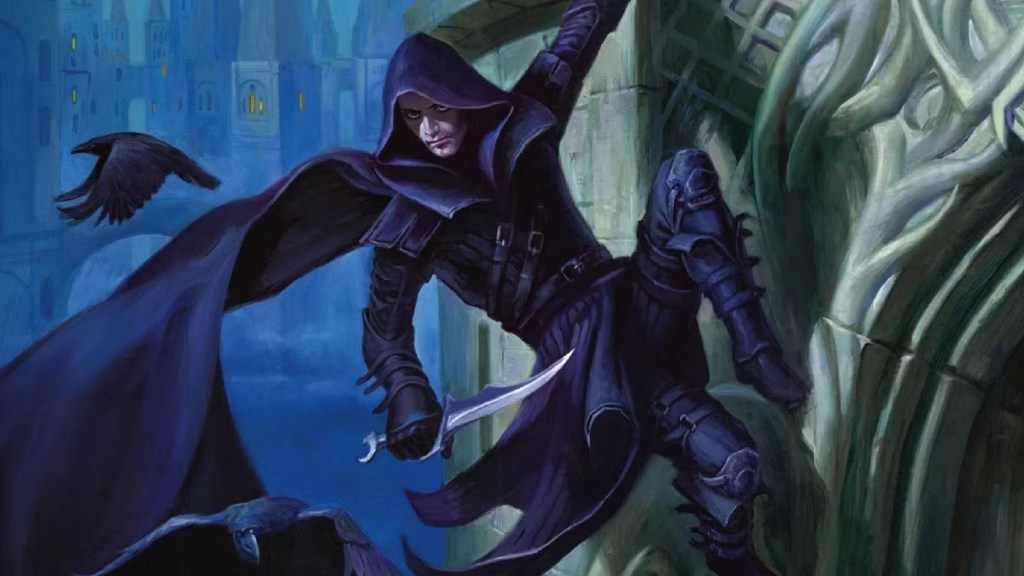
Certainly an unusual choice, but not necessarily unviable. This build isn’t going to have the same level of defense and support as other classes. However, if you ever play a campaign without magic, this becomes a great option for healing. You get Fast Hands as a Thief, which lets you use a Healer’s Kit to stabilize somebody as a bonus action. As long as you have a steady supply of Healer’s Kits and health potions, you can at least keep your allies conscious and fighting.
Ideally, you’d multiclass or use feats like Magic Initiate to grab spells that offer supporting abilities, which is what a Rogue lacks the most as a healer. You don’t need to have support options, especially if you have a Bard or another caster in the party, and you deal a decent amount of damage simply from being a Rogue. As a result, you could say that your crowd control is killing enemies, since it keeps your allies safe from attacks. No matter how you spin it into the story, Rogue healers are a fun and unique choice.
9. An Artillerist Artificer
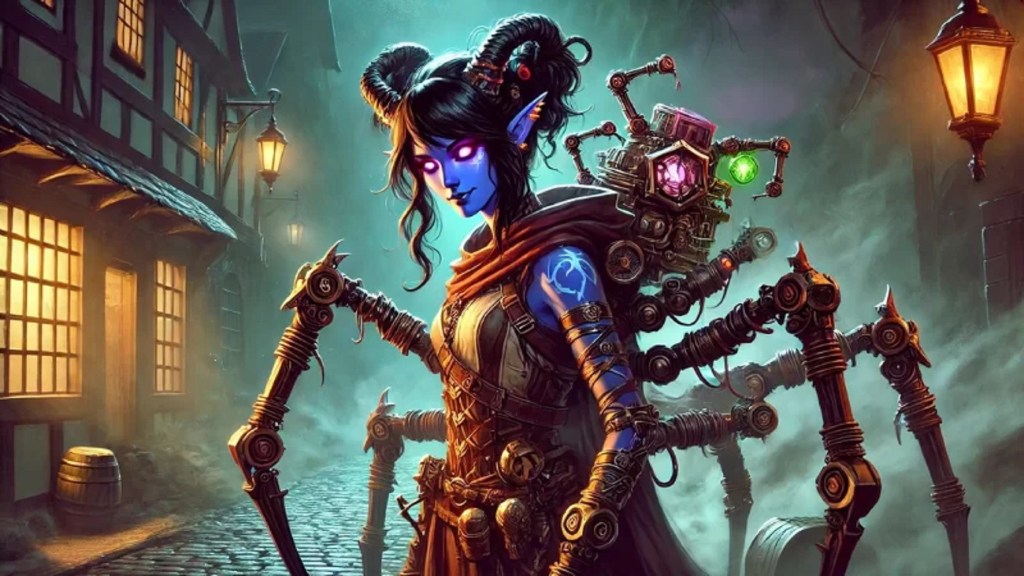
You might expect that the Alchemist subclass would be the go-to healer option for an Artificer, and it’s perfectly viable, but Artillerist is unique in that it offers more support options instead of straight healing abilities, like Cure Wounds. You still have access to a spell list that includes a lot of healing options, and you get an Eldritch Cannon at the third level, which is honestly broken. Plus, you can move the cannon each turn, changing its area of effect.
For this build, you absolutely want to use the Protector Eldritch Cannon, which gives 1d8 plus your Intelligence modifier temporary hit points to itself and all creatures of your choice within a 10 foot radius. At the 15th level, you can summon two cannons at once, and they can be the same type or different. Additionally, you and your allies within 10 feet of the cannon gain half-cover. So, when you combine the Eldritch Cannon with some traditional healing abilities and the Artificer’s ability to deal damage, you have a fearsome healer on your team.
8. A Theurgy Wizard
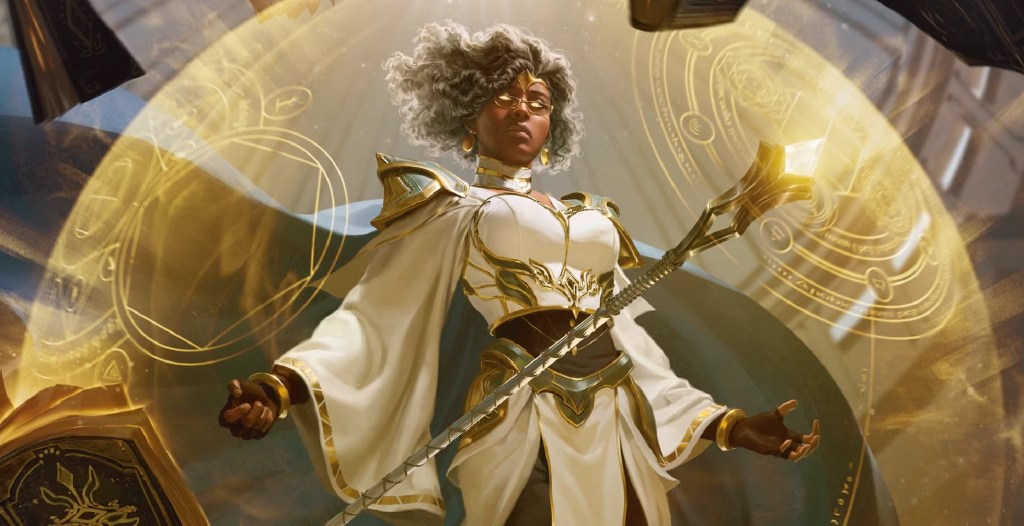
Your ability to play this healer depends on if your DM allows content from Unearthed Arcana in the campaign, and you gives you what plays like a hybrid between a Wizard and a Cleric. You pick a domain at second level, and then the Cleric spells from that domain are considered Wizard spells for you. For a healer, I’d recommend going with the Life domain as it creates not only a viable healer, but a healer that’s really powerful when it comes to both healing and dealing out damage. Plus, you have access to Wizard class abilities and your domain’s Channel Divinity ability.
On top of all those benefits, you have the ability of a Wizard to gain extra spells by copying them into your spellbook when you have the resources for it. Wizards are powerful spellcasters, so turning one into a healer with the Theurgy subclass gives you a strong healer that can restore health, protect allies, and control the battlefield with devastating spells. Truly, it’s the best of both worlds.
7. A Way of Mercy Monk

Maybe you feel like punching your allies back to health. Well, that’s not exactly how the Way of Mercy Monk works, but it’s true that you can use your Ki points to restore health for your allies instead of dealing damage to enemies, although the latter is still an option with this subclass if you need a little extra necrotic damage added to your attack and have Ki to spare.
At sixth level, you get Physician’s Touch, which buffs the Hands of Healing ability that lets you use Ki to heal. This ability lets you also remove a disease or the following conditions on the creature you heal: blinded, deafened, paralyzed, poisoned, or stunned. As an even bigger buff, you get Hand of Ultimate Mercy at level 17, which uses 5 Ki to resurrect a creature that died in the last 24 hours. Overall, you get nice abilities for a healer with all the combat prowess and mobility of a standard monk.
6. A College of Glamour Bard
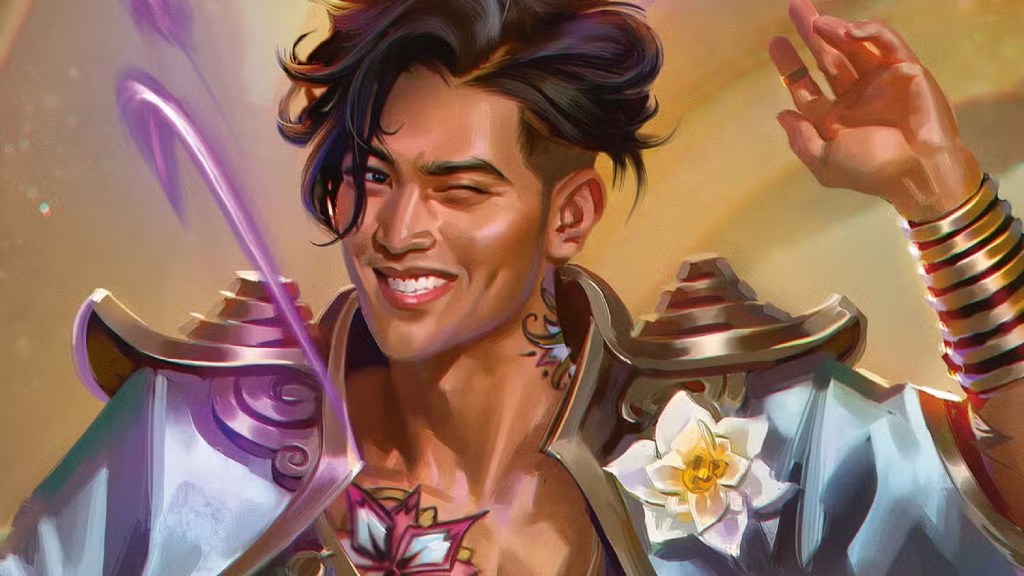
An underrated Bard option, the College of Glamour is a subclass that’s all about charm and support. Already at the third level, you have Mantle of Inspiration, which lets you use Bardic Inspiration to give temporary health points to allies, and gives them the chance to move without taking an attack of opportunity. Then, you also have the abilities that make Bards a great supporting class, like Song of Rest, and healing spells like Cure Wounds and Greater Restoration.
You get abilities that offer a fair amount of support and ways to control NPCs or enemies as well. Enthralling Performance can charm NPCs who listen to you and fail a saving throw, and they’ll hinder anybody who opposes you. Mantle of Majesty lets you use Command as a bonus action, which can be great when you have a lot of enemies to deal with at once. Finally, Unbreakable Majesty is a fun way to make enemies waste their attacks against you if they fail a save, and if nobody else is in range or in sight to attack, then the attack completely goes to waste.
5. A College of Lore Bard
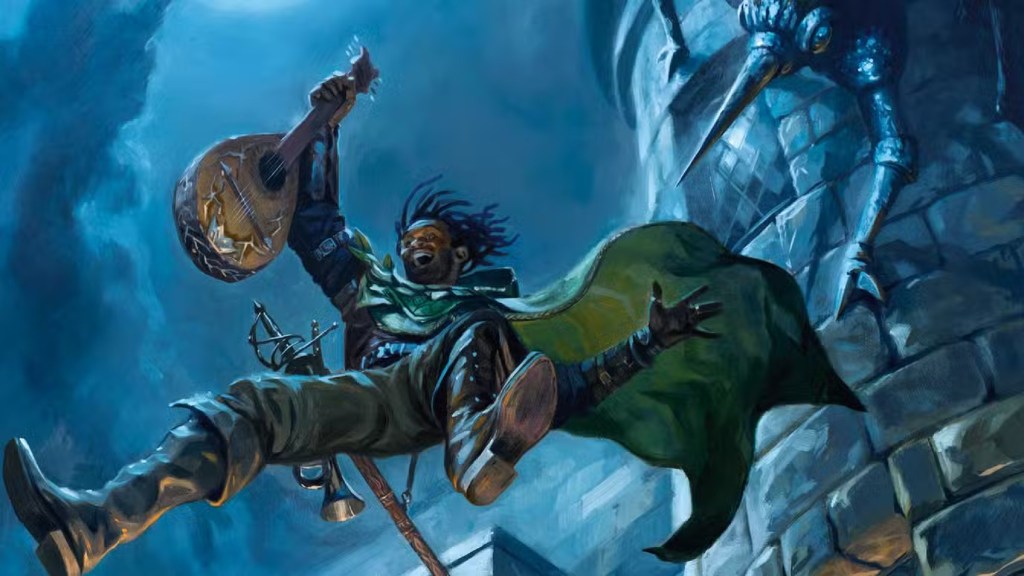
Next is the classic Bard subclass of the College of Lore. As a Bard, you have support options by default that include the Song of Rest and Bardic Inspiration. Unlike the College of Glamour, the College of Lore Bard is more of a standard caster. Plus, you can pick up more proficiencies with the College of Lore, which gives you extra utility for skill checks, and that’s never a bad bonus to have.
RELATED – Daggerheart Will Free Me From Being a Forever DM
You’re able to pick extra magical secrets, which are spells from any class that count as Bard spells for you, but they don’t count against the number of spells you can have at your current level. These are great for either picking up more healing abilities, or you can go for support abilities. Of course, you could grab damage spells, since dead enemies can’t hurt your party, and that means you’re doing your job as a healer.
4. A Circle of Dreams Druid

Circle of Dreams gives a Druid strong healing options, and you have the nature-based flavor for roleplaying rather than the devout nature of a Cleric, which can be a fun change if you’re used to Clerics. First, you get standard healer options from the Druid spell list, like Cure Wounds, Healing Word, and Goodberry. Druids also have a lot of support spells options, and those include Enhance Ability, Barkskin, and Freedom of Movement.
Then, you get into the Circle of Dreams abilities, which starts at second level with Balm of the Summer Court, an ability that restores health based on your Druid level. Later, you have abilities like Hidden Paths and Walker in Dreams that give you a fair amount of mobility, which can be useful if you need to get close enough to a party member to use a spell that requires touch. All together, you have a solid healer.
3. A Celestial Warlock

A Celestial Warlock is the result of making a pact with a good entity, and this gives you a strong healer. Your pact gives you access to standard healing spells, like Cure Wounds, Lesser Restoration, and Revivify. Then, you get Light and Sacred Flames as extra cantrips at first level, along with Healing Light, which is a bonus action that lets you heal a creature within 60 feet of you. It’s a strong start for a healer.
Later, you can use your Charisma modifier as a bonus to Radiant or Fire Spells, and then at Level 10, you get Celestial Resistance, which gives you and your party temporary hit points. The whole kit for a Celestial Warlock is solid, and you’re still able to deal damage, too. Out of all the healer options, Celestial Warlock is definitely among the strongest, even if Warlocks aren’t usually a class that comes to mind for healing.
2. A Circle of the Shepherd Druid

Druids are already solid healers, especially with access to spells like Goodberry, and you can use Wild Shape to basically give yourself extra health points if you need to. At first glance, Circle of the Shepherd might not seem like a strong healer option compared to other Druid subclasses, since their kit includes a lot of summons and communication with beasts and fey. However, the Unicorn Spirit Totem alone makes this subclass a healer with a ton of potential.
You unlock Spirit Totems at second level, and you have a few options regarding the types you can summon, and you can summon them within 60 feet of yourself, which means you get to choose which area receives the benefit from the Unicorn Spirit. The big bonus is that every time you use a spell slot to cast a spell that restores health to a creature inside or outside the Spirit’s range, each creature of your choice inside the Spirit’s range regains hit points equal to your Druid level. The Spirit Totems only last for one minute, but you can use it wisely and bring your party’s health back up by a shocking amount.
1. A Divine Soul Sorcerer

Divine Soul Sorcerers have the benefit of Metamagic, which is huge for a healer. Twinning alone is super useful, as it lets you get two healing spells from a single spell slot. You also have Empowered Healing as a way to use sorcery points and increase how much healing an ally receives. Favored by the Gods can change the outcome of a battle by letting you reroll a saving throw or attack roll, which can be the difference between staying alive and being knocked out.
This is basically the Sorcerer equivalent of a Theurgy Wizard, since you can pick spells to learn from either the Sorcerer list or the Cleric list. What sets these two apart is their class features. Both are great healers and can deal damage as needed, but the Sorcerer has slightly more support when you use sorcery points that can give you extra versatility with your healing. You can still pick up Fireball though, which is always a fun choice for a caster in any role.
Dungeons and Dragons has so many options when it comes to classes that it can be overwhelming to decide which one you want to try, and 2025 could add even more subclasses that work as healers. This abundance also makes it tough to realize that there are hidden gems to fill roles that you might not consider, and one of them could become your new favorite.








